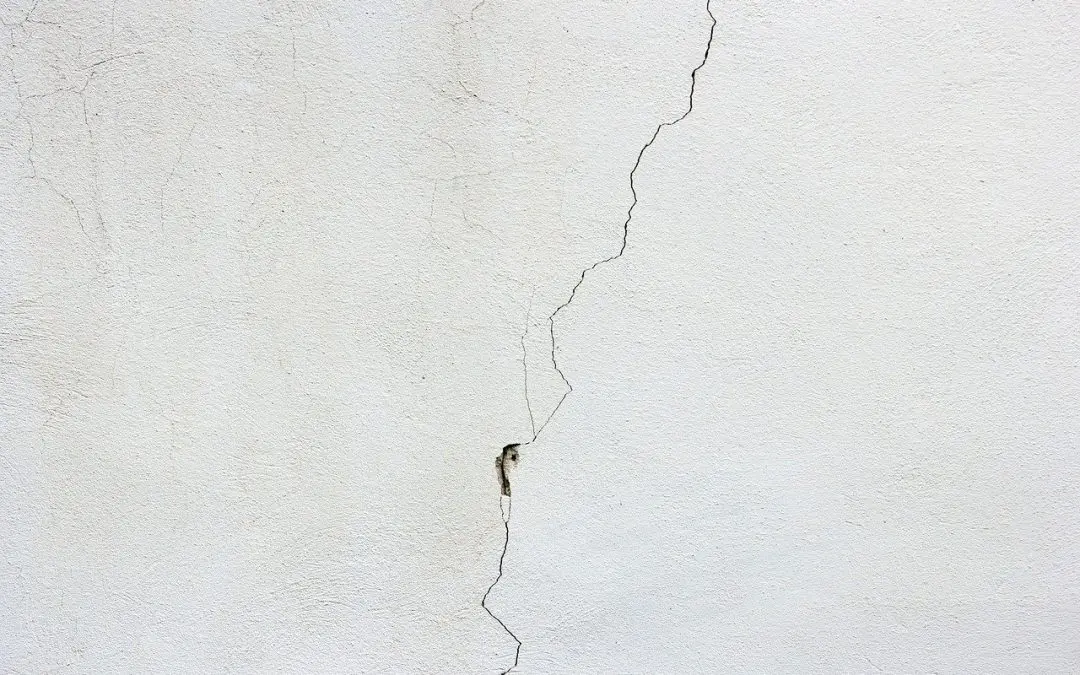Minor problems in your home could quickly turn into safety hazards. Causes of structural problems include aging materials, shifts in the ground beneath the home, water damage, and natural disasters. Look for the signs of a structural problem early to prevent more costly repair expenses down the road.
Sticking Windows and Doors
The windows and doors throughout your home should open and close easily. Doors that won’t close completely or windows that are difficult to open can indicate a structural problem. Excess moisture or humidity may also cause issues with doors and windows. Consult with an expert to determine the problem and remedy the situation.
Cracks on Walls and Ceilings are Signs of a Structural Problem
Small cracks in the walls, doors, window frames, and ceilings are notable signs of structural problems in your home. Minor cracks are an early indication of what could become a major issue. In severe cases, substantial cracks could cause a wall to collapse.
Cracks may form due to poor-quality construction, water damage, or soil movement. Cracks may also mean that your house’s supportive footings are sinking. If you notice minor cracks, don’t wait until the problem becomes severe. Seek professional help to determine the cause and extent of the damage before it worsens.
Sagging Roof
Depending on the materials, a roof has an average life expectancy of approximately 30 years. The shingles or tiles protect the underlining structure of your roof. If you notice a sagging roofline, you could be facing a serious structural problem. Harsh weather conditions combined with a leaking roof are among the top causes of damage.
A sagging roof could also be due to termite destruction or a shift in the foundation that damaged the trusses. If not addressed, the weakened roof supports could collapse. Routine inspection and maintenance services are important to keep your roof in great condition. If you suspect a problem, contact a professional.
Uneven Floors
Sloping floors are another sign of structural problems in the home. Sagging floors are more common in older homes because of the foundation shifting and settling over the years. Issues with the floors could also be due to improper installation, water damage, and weak support beams. Contact a structural engineer to diagnose problems.
Signs of a Structural Problem Include Bulging Walls
Curved interior walls indicate insufficient internal support in your home. Essentially, bowing walls are unable to support the weight of the home’s upper floor or the weight of the ceiling. Fixing bulging walls requires professional reinforcement of the beams and joists.
Professional assessment and maintenance will help you identify and repair structural damage. Protecting your home from structural problems keeps you and your family safe and boosts the value of the home.
Esham Inspections provides home inspection services, including structural inspections, to Maryland and Delaware. Contact us to schedule an appointment.

